Introduction
Injection molding originated as a manufacturing process for plastic components; however, the development of metal powder injection molding was a big milestone for the metal component manufacturing industry. After its invention and refinement in the 1970s by Dr. Raymond Wiech, the process began to rise in mainstream acceptance throughout the 1980s and early 1990s. Today metal injection molding (MIM) is an important part of the metal fabrication industry. This metal injection molding introduction will detail the MIM manufacturing process and discuss key features of metal injection molded components.
Metal Injection Molding Manufacturing Process
The manufacturing process for metal injection molding is actually very similar to the powder metallurgy manufacturing process with a few key differences. The first being the raw material. In powder metallurgy, the powder blend is made up almost entirely of metal powder with a small amount of lubricants or other additives included. For metal injection molding, the powder is mixed with a binding agent to create a substance that is conducive to molding. The second major difference is rather straightforward. Whereas powder metallurgy involves compacting the powder in a press, metal injection molding involves heating the mixture and injecting it into a mold. But let’s break it down step-by-step!
1. Mixing & Granulation
The mixing stage involves the combing of metal powder with the binding agent. To achieve sufficient density and intricate design details, the metal powder used in the MIM process will be extremely fine, generally more so than traditional powder metallurgy. The binding agent is a plastic-based substance which may also include some proprietary additives. This binding agent is included to aid in the MIM process but must be removed before the process is completed.
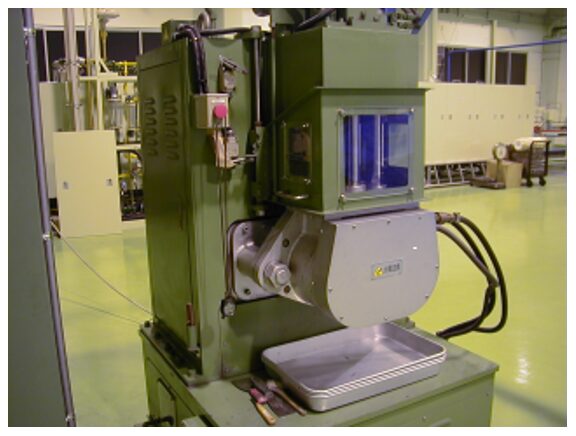
Once the powder and binding agent are combined, the mixture is formed into pellets in a process known as granulation. The pellets are of uniform shape and size which ensures even heating and distribution in the injection molding machine. The uniform shape will ensure that any shrinkage that occurs during the sintering process will be uniform as well.
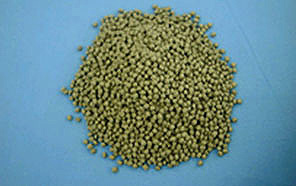
2. Injection Mold
This portion of the process is very similar to plastic injection molding. The granulated pellets are melted into an injection unit, then injected under high pressure into the mold which creates the shape of the component. Inside the mold, the melted pellets are cooled and hardened. The green (metal component that is not yet sintered) part is then ejected from the mold.
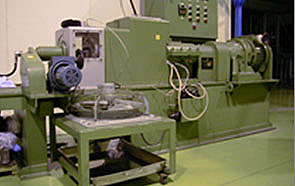
After the injection stage, the green part is significantly larger than it will be once it is completed. This is due to the binding material which we will discuss in the next step.
3. Degreasing & Sintering
This is a two-step process. But, it is often completed utilizing one machine so we will group it together here. First, degreasing is the process of removing the binding agent from the part. The removal of the binding agent will cause the component to shrink, sometimes by as much as 20%. This is a key consideration in the metal injection molding process because it is important for the part to shrink in a uniform manner. To accomplish this, adept metal injection molding engineers will make subtle design alterations to the component to ensure that the part shrinks in a predictable way.
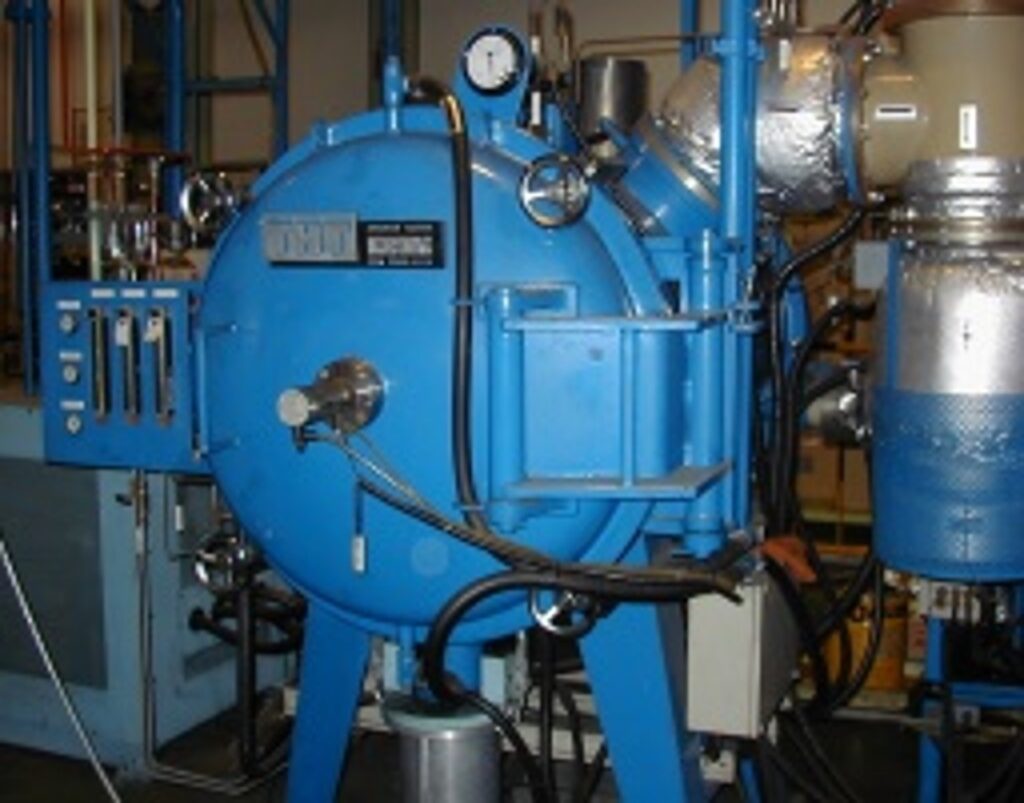
Next comes the sintering process which is when the metal component is heated to a sufficient temperature to bond the metal particles together, but below the melting point of the metal material. This step in the MIM process is the same as the sintering process in traditional powder metallurgy. There may be some slight adjustments based on material properties, but the basic idea is the same. After sintering, the metal part is completed. The next step is optional depending on the specific requirements.
4. Post Processing
Just like powder metallurgy, there are some optional post processing steps that can be completed after the base process of metal injection molding is completed. Optional processes include:
- Machining – to create intricate cuts that were not achievable in the MIM process.
- Plating – to provide corrosion resistance and/or to alter the appearance.
- Heat Treatment – to increase strength and hardness.
Key Features
Metal injection molding offers some unique qualities and advantages over competing metal forming methods, especially in the following areas:
- Freedom of Shape
- Material Flexibility
- Dimensional Accuracy
- Miniaturization
- Strength
Much like traditional powder metallurgy (and maybe even more so), metal injection molding has a high degree of shape making freedom, material flexibility and dimensional accuracy. These qualities stem from the fact that the raw material begins in powder form. Because you are starting with a powder, this powder can be blended with different metal types and lubricants creating unique material combinations. Additionally, the fact that the powder is being molded to the exact shape allows for many different shape formations with a high degree of accuracy.
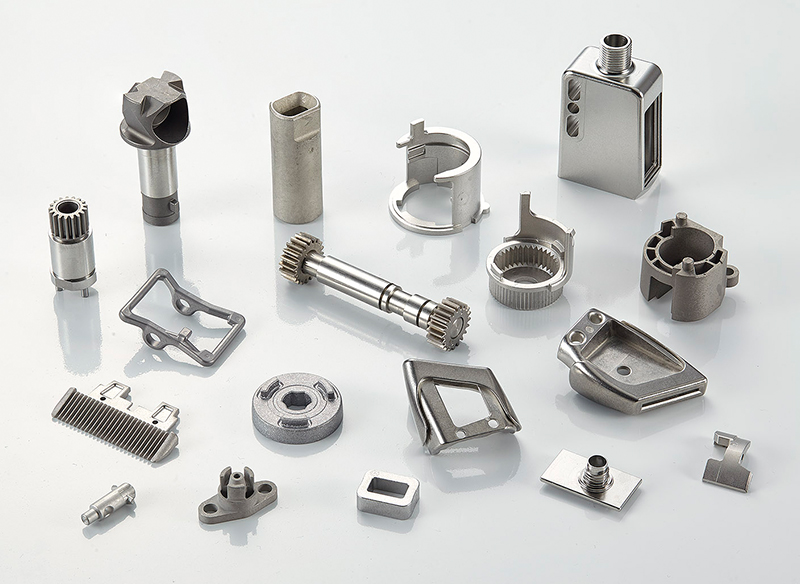
MIM really excels in the areas of miniaturization and strength. Because of the injection process, much smaller components, even those with significant detail, are achievable via metal injection molding. Furthermore, the extremely fine powder used to create the MIM feedstock creates a much denser part with high strength properties. The strength properties of MIM parts are on par with lost wax casting, while exceeding traditional powder metallurgy and die casting.
Closing
Although metal injection molding is very similar to the powder metallurgy process, there are some key differences in material properties and capabilities. These differences often mean that MIM is a compelling alternative for use in the automotive, medical device, aerospace, power tools, electronics and much more. Porite Group is proud to offer both powder metallurgy and metal injection molding services at our manufacturing facilities. To see some component examples and read more about MIM, check out our MIM page.
Are you thinking about incorporating a metal injection molding component into your design? Take the first step by reaching out to our team of experts.



No responses yet